Modern violins are just too loud
OrchestrasFrom a Substack interview by Ariane Todes with the ever-thoughtful soloist Augustin Hadelich:
…It’s the wrong mindset to think that you have to play a Strad, ‘del Gesù’ or Guadagnini. There are soloists who don’t and still make a good sound. It’s so much about the player. If you find a modern instrument, commit to it and adapt to the same extent that you would with a Strad, because if you have the same belief in a modern instrument, sometimes that can work very well too.’
‘I’ve seen a lot of modern violins that are special, but I have noticed that some luthiers focus on making violins that are extremely loud and easy to play, because buyers are sometimes impressed by that when they first try an instrument. They think, “Oh, wow, this violin plays itself.” But that is not always the best criterion to select a modern violin. Modern violins tend to be playable anyway, in a less complicated way than an old instrument that has been through a lot already, but if your only criterion when you select it is volume, then once you’ve played on one for a few months, you might find that you are missing color and complexity in the sound.’…
Read on here.

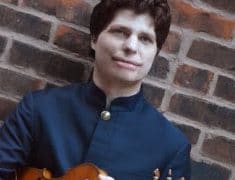
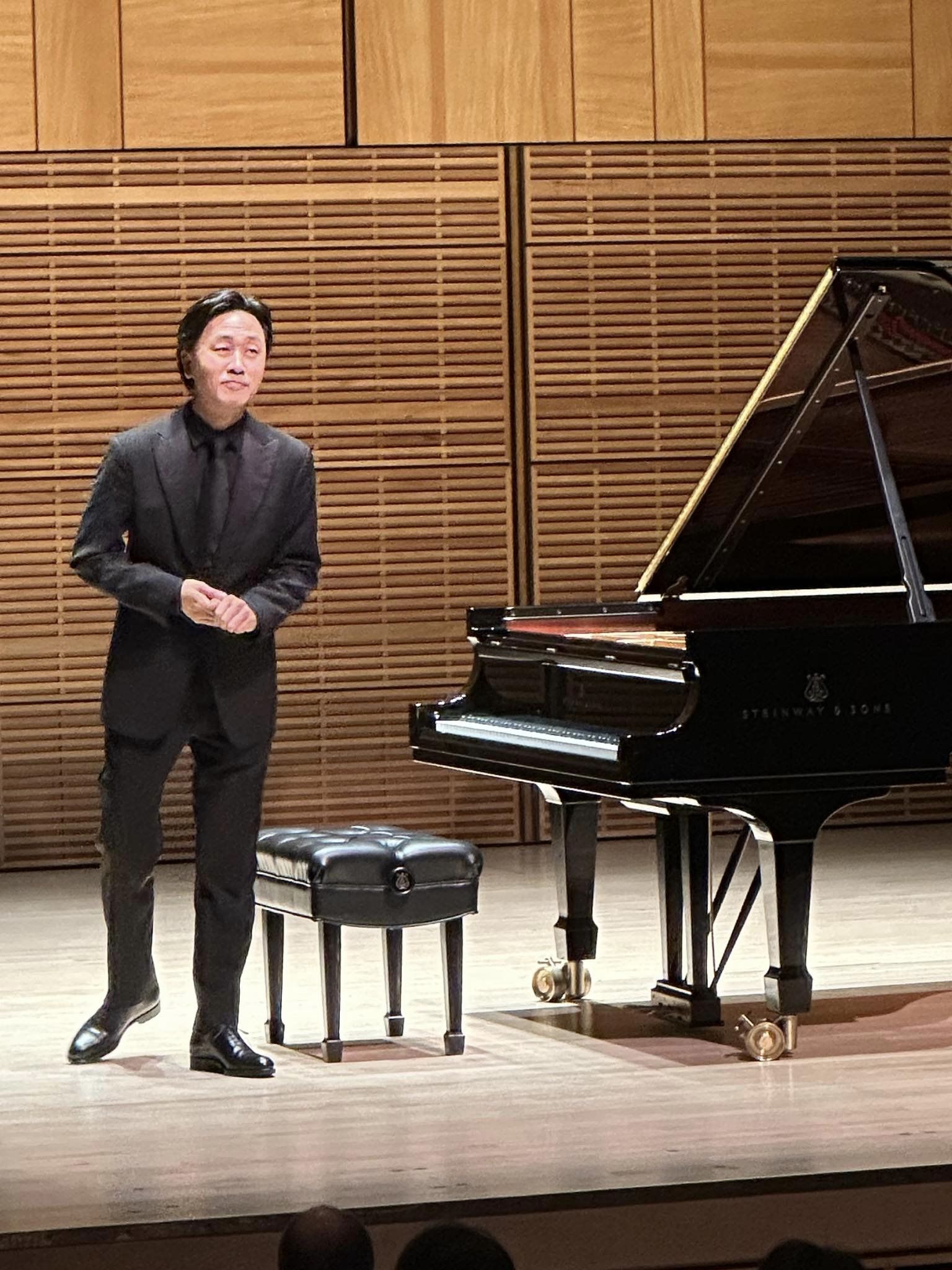
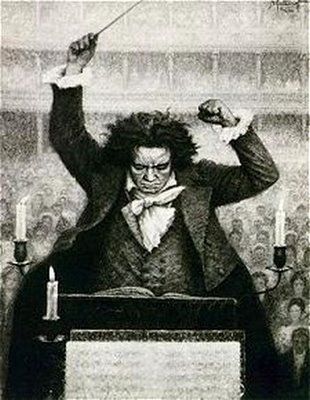
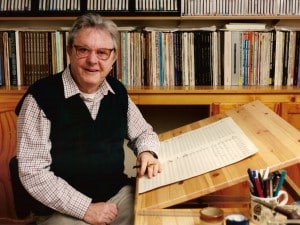
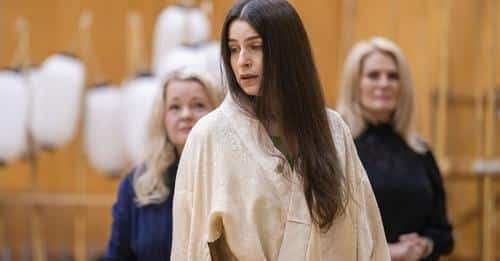
Frankly all violins sound the same to me. It’s the violinists that sound different, e.g. Perlman v. Mutter
This is such a clever and interesting interview with a brilliant musician and grounded person. His comments about violin playing and musical career in general are spot on. Augustin is the real deal! And the way he plays reflects his comments completely.
It would be interesting to have someone challenge Augustin to a double blind study. Would he be able to tell which is the modern violin and which is the great old one either as listener or player? Many others have failed this test.
I’m not a string player, but wouldn’t violinists need to spend significant time with each violin to be able to exploit the unique colors it offers? That they need to adapt to the violins for a few months? How plausible is it to allow for this in a double-blind study?
Thanks for the heads-up, quite interesting.
Can’t afford an old one.
That’s true of many modern instruments and many other things in this world; they’re too loud.
Quite true. I own two vintage / restored 1930’s Steinways : M & D. Mellow, round and sonorous. Absolutely fed up with most current pianos as they are strident, metallic, brash and one dimensional .
Do you have new sound boards? Steinway restoration recommends sound board replacement every 50 years to retain the original full tone. Very expensive to do and most owners likely focus on replacing the action and the hammers when they do restorations. Your instruments are almost 100 years old, very old for a working piano (which is not true of violins).
Agreed. When I was younger I loved the sound of Yamaha pianos. Now I find their brilliance more and more off putting.
That’s a good interview, some violin insider-ish stuff, but mostly stated to make sense for and be interesting to a musically interested reader who is not a violinist. I happen to like this format where the artist quotes are strung together coherently, and the interviewer does not have a direct presence or interject. It was a style I often tried using myself in my interviews for Fanfare, with some success provided the artist was talkative enough.
His comments about violins and loudness are interesting to me and obviously he has experience with violins I could not hope to touch. I myself am a “loud” player and I tend to like violins that reward that. Some violins, even good ones like my wife’s “school of Salomon” French violin, punish that type of playing severely. A stand partner once let me try his Klotz — I no longer recall WHICH Klotz (there were many) but it was not Sebastian … my friend didn’t pay THAT much. It was sweet toned, evenly voiced across the strings, and understated and perfect for his way of playing but I could do nothing with it but make it sound over-forced. I have often thought it would have been the perfect violin to “backdate” to period instrument fittings. It looked glorious.
My teacher sometimes let me play his beautiful Fagnola, a “modern” 20th century maker. And just as Hadelich says, it was formidably loud. “I’ve handed you a very dangerous weapon” is what my teacher said. He was no fan of my style of playing (assuming it could be called a style). He himself rarely used it for day to day symphony playing as he was a backstander and it would not have been appropriate. It broke his heart when he had to sell it to fund his late-in-life marriage. The marriage was brief and that remained his biggest regret about it, selling that violin.
Nowhere in the interview it appears that Augustin stated that “modern violins are too loud.” He only addressed the focus on sound projection that some modem makers choose to make. A great soloist can make a loud violin sound with great quality – however, an understated instrument will never project as much.
If the audience at the back of the hall can’t hear a soloist, they simply might not return.
Please stop your misleading headlines!
Sure wish we could have a modern, playable viola player.
Can you play anything, Fred? Besides the radio.
I know for a fact, there are jurors in the United States who have told young violinists with smaller instruments to get larger and louder violins for competitions. It is being encouraged.
Your last sentence is spot on. Color, complexity and the ability to control dynamics and nuance are the most desirable qualities in any new violin.
No, “the ability to CONTROL dynamics and nuance” is one of “the most desirable qualities” in a violinist. No violin has or can ever have such an ability.
My thumbnail observation is that it is easy to make loud-sounding instrument and easy to make a warm-sounding instrument, but warm-and-loud is hard to come by.
Kind of like some pianos I’ve played which have loads of volume (admittedly many of them poor quality and/or badly maintained instruments) but little in the way of nuance, control, complexity, range and color. If it’s a choice between the two, I’ll select the latter any day.
I sound the same whatever violin I play.
Good points. In all fairness, most other orchestra instruments got louder too over time. So a mutual conscious effort would be needed, to scale down on pure power in favor of richness of colors and subtleties. Easier to do in solo and chamber music than in the mainstream orchestra world.
Having been to orchestra auditions, consciously or subconsciously in the minds of the judging musicians, louder onedimensional sound seems to be preferred over colorful and differentiated sound.
The sounds became bigger because the concert halls became bigger. The original venues for so many pieces of music were salon-sized. The growth in size is the fault of increased audience size with increased population growth. Covid helped kill the growth and smaller halls would now seem to be needed to keep the concerts going. Against all this is the increased number of musicians graduating from music schools who won’t be able to work in an orchestra or perform as soloist. The Future is alarming!
Most musicians seem to play too loudly today, even in delicate music like Ravel.
Yes, if we kan generalize younger musicians nowadays use to play too loud and too fast. This “problem” is more evident in Baroque music.
And they are the same ones that fuss the loudest about the brass being too loud and demanding sound shields, decibel limits…
Any instrument that sits on a table or a chair, does not make music on its own.
There is a symbiotic relationship between violin and violinist, and this relationship unfolds over time — over months, perhaps even years of practicing and performing. We could use the expression that the violin needs to be “broken into,” although that would be a little reductive. It is just like any relationship — both parties are transformed by the relationship itself. This is why a violinist, over time, will stamp their own imprint on a particular instrument and make it their own. Conversely, the violin also shapes the player, who learns to adapt to the instrument’s particular idiosyncrasies. This is why a violinist can make almost any instrument sound good over time — however there are limits, and there definitely are exceptional instruments who undoubtedly provide the player with a palette of qualities that would remain unreachable in a lesser instrument. Some Strads are truly exceptional, but not all expensive instruments are. There is a great deal of snobbery surrounding this issue, as players assume an expensive instrument with a name must necessarily sound good, but it is not always the case. This issue is compounded by the very shady world of violin dealers, some of which are simply crooks.
On another note, Mr. Hadelich is undoubtedly one of the greatest violinists alive, and brings genuine substance to his music-making, in a classical scene often dominated by pyrotechnics, sterile musicianship and empty spectacle.
I saw him win at Indy, he was special then, and now. Competitions get slammed a lot on this site, but the minute he started playing he was obviously head and shoulders above everyone else!
Hadelich is such a fine violinist. I discovered his playing when he won the Violin Competition so many years ago.
We brought him to Jacksonville to perform at the Cummer Museum of Art, and he later appeared with the JSO.
One should never pass up a chance to hear him play.
Wide bore brass and woodwind instruments, ubiquitous since the 1960’s in my experience, have placed a heavy burden on the strings in many orchestras, and not all conductors are as wise to this as perhaps they should be. I now wear ear protectors.
As a pianist who normally doesn’t follow stringed instrument players I really enjoyed this interview. Great comments about performance, caffeine/sleep/diet etc. as well as the effect of social media. And of course I found his analysis of the physical characteristics of old and modern instruments very interesting as well.